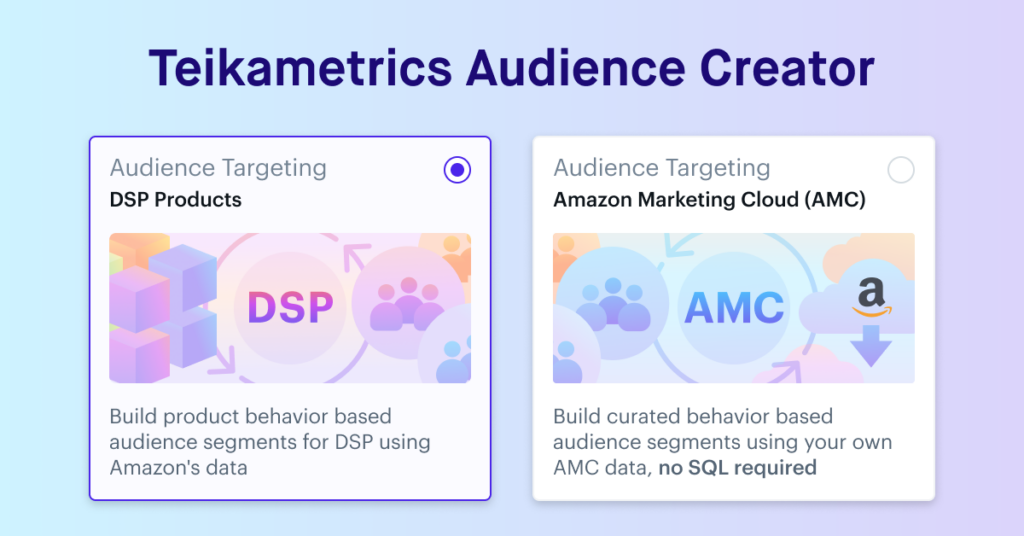You’ve developed an amazing product, but how do you price it on Amazon? Part of the answer to that question is familiar — factor in your costs, profit margin and competitive position in the market, then pick a figure.
But part of the answer is unique to Amazon, which has become the dominant force in ecommerce and a major piece of your brand’s commercial success. Here are some tips to help you price to win:
First Party (1P) Sellers: Price Smart From The Start
If you’re selling 1P — wholesaling your products to Amazon, which stores, sells and delivers them to retail consumers — it’s critical to set your prices well at the outset.
Amazon agrees to retail for a select (and shrinking) group of vendors, negotiating a wholesale price and then adjusting the retail price from that point forward in a way that maximizes sales — and Amazon’s profits.
Going in, be realistic in your expectations. In exchange for the broad reach and potentially high sales volume offered by Amazon, you will generally need to expect prices that are lower than those found at brick-and-mortar stores and other online retailers.
With that in mind, base your wholesale price not only on the usual items — cost, margin and competition — but also these factors:
- Product lifecycle Your pricing for a fresh product without much competition will generally be higher than when the product has matured, lost some of its market sizzle and begun facing competition from copycats.
- Amazon “allowances” When negotiating a wholesale arrangement, be sure to add in costs related to the sale, including freight, marketing costs, damages, and returns.
- Undercutting Amazon Ensure that any of your other resellers or sales channels never undercut Amazon’s price on your products. For wholesalers, don’t run afoul of the minimum advertised price (MAP) for products you wholesale through Amazon. If either case, violations run the risk of Amazon steering consumers to someone else.
Third Party (3P) Sellers: Adjust Prices Based on Sales
Companies who use Amazon’s platform to sell directly to consumers have the additional flexibility — and risk — of being able to adjust their prices to beat out competitors and maximize sales.
Like 1P vendors, 3P sellers must enter the process with realistic expectations, including this: You are more likely to cut prices, rather than raise them, as your product matures in its lifecycle and competitors pop up to challenge you for market share.
On Amazon, pricing is anything but a “set and forget” game. Instead, it’s a dynamic arena of experimentation where brands that are slow to move can quickly lose market share to more nimble competitors.
Being comfortable with rapid price testing is the key to success for all brands — new and old, big and small. Here’s how:
- Take advantage of Amazon’s powerful data resources to see how your product is faring against the competition. It’s not necessary, or wise, to panic and lower prices every time a competitor does; they may be going out of business and trying to shed inventory. Instead, watch results over a long enough period of time to identify a legitimate trend, then react to it.
- Be sure your product attributes are the same as your competition’s. Take, for instance, product quantity. If your 3-pack of socks is selling for more than your competition’s 2-pack, the consumer might miss the quantity and buy simply based on a lower price.
- Prime your brand for success. Shoppers base their decisions not only on price, but also on other signs of a high-quality brand — including a visually appealing product page that’s free of grammatical goofs and features strong customer reviews. Don’t underestimate the value of sending a recent purchaser a thank-you email and providing prompt and cheerful customer service; all of that can yield more 5-star reviews by happy shoppers.
- Offer strategic discounts. Offering coupons and trimming prices at key times — such as the Christmas holiday and Amazon Prime Day — can generate the kind of sales that more than earn back the reduced per-item revenue.
Of course, none of these techniques produce success unless vendors offer a quality product and keep just the right amount in stock for speedy delivery. Making your brand stand out, and then delivering the goods, provides the strongest protection against price competition.





